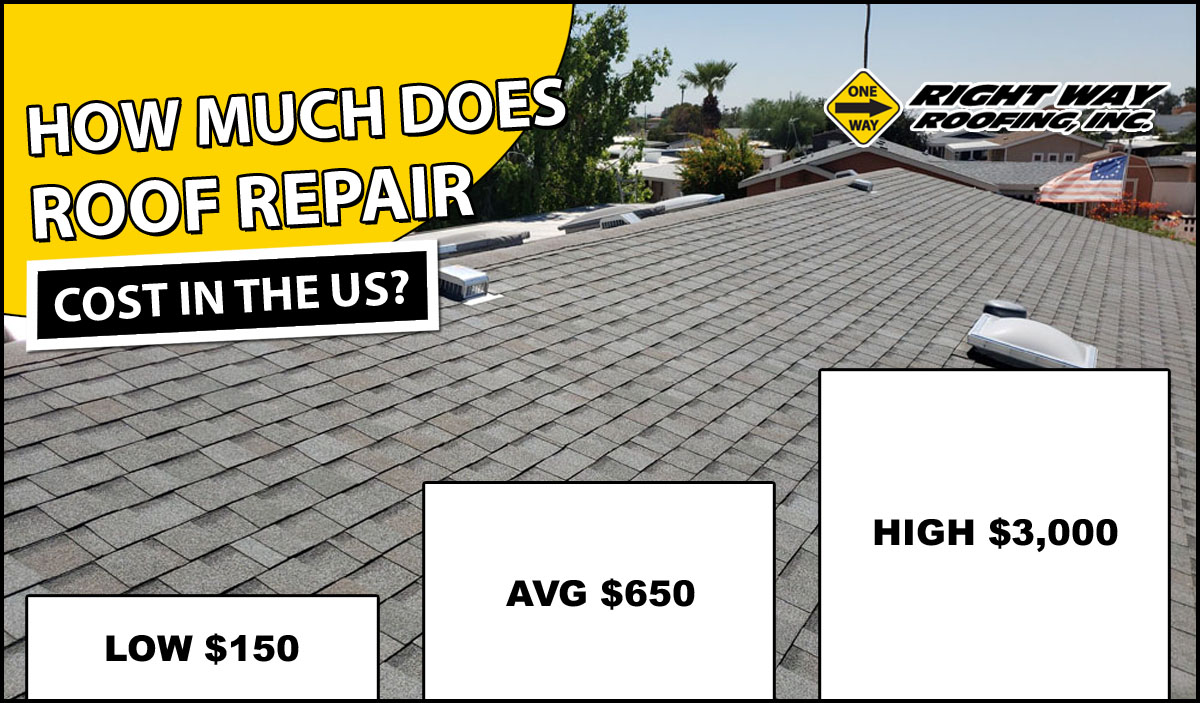Exposure to wind rain and sun further deteriorates the roof coverings often resulting in shingles or roof panels that appear to be peeling off of the structure.
Roof uneven aging.
Both reflective and refractive to dangerous uv rays brite ply saves energy through its heat reflecting characteristics.
Is well suited for retrofit installations.
It also resists uneven weathering fading or chalkiness of the installed roofing system.
Usually when you see a roof sagging if it s at the top it s usually because the ridgebeam is too thin or the rafters are spaced too far apart.
Plus dicor epdm passes the astm 20 year accelerated aging test with no discoloration.
Worn or deteriorated roof covering materials occasionally loosen from their fasteners and lift away from the roof which creates an uneven appearance.
If it s at the edge of the roof it s usually because the foundation has given and the walls are sagging in the middle.
Loss of surface granules damage to the felt or composite base layer and uv damage often leads to this wavy development.
The roof shall be viewed from a normal viewing position on the ground without magnification by reflected light.
The roof has 1 layer of shingles but there are 5 places where the rafters are bowed upward and there are about 15 rafters that are sagging.
All commercial roofing products are prone to aging inconsistently across your roof.
Even the largest single ply membrane some are custom built to your exact roof dimensions will not age uniformly.
A roof should never sag or be uneven because it s specifically designed to bear its weight.
Roof shingles are not lying flat.
This is because the micro climate of your building changes from roof edge to interior drain from flat expanse to spots under hvac equipment.
Roofs have ways of visibly showing their age.
Sagging has several causes but the main one is age.
The shingles on your roof serve a dual purpose.
Sagging has several causes but the main one is age.
They give the roof a finished look while forming a protective seal.
If your roof has looked smooth for years and has only developed an uneven appearance with age the change is likely due to damage instead.
Or it could be the top sill has rotted and allowed the rafters to settle.
Lumpy bumpy or curling shingles that do not.
And although older roofs may continue to keep the elements out they may be more vulnerable to damage due to wear and tear over the years.

